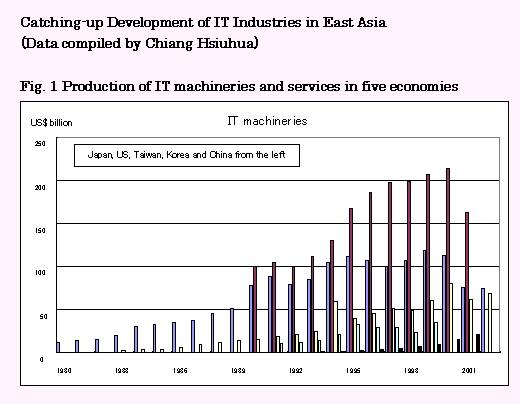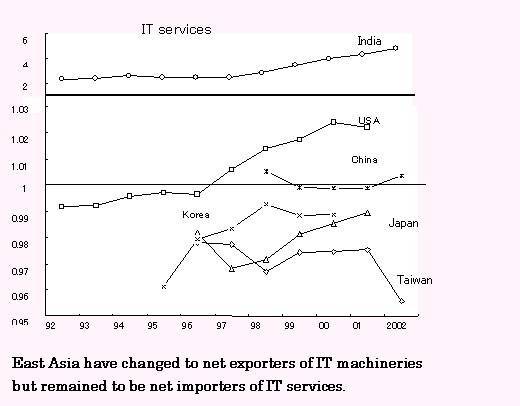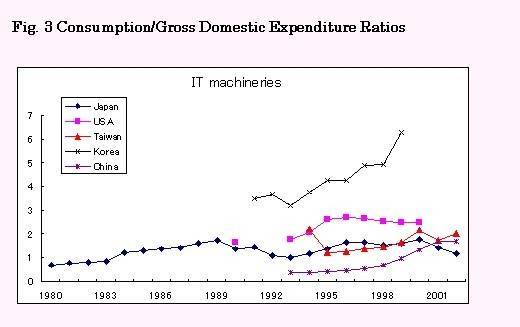Speech at the Graduation Ceremony for GSIM’s E-Business Management Program August 27, 2004
Ippei Yamazawa (President, International University of Japan)
Mr. Yamaguchi, GSIM faculties, E-Biz graduates, ladies and gentlemen. It is my pleasure to open this graduation ceremony and deliver a speech to the graduating class.
First of all, let me congratulate all of you in the graduating class of E-Business Management Program of 2004 for your achievement for the past one year. You have had both pleasure and hard study, but I bet few of you got bored. One year has passed very quickly but you have acquired much knowledge of e-business as well as analytical skills understanding what is happening in E-BIZ market. Equipped with this knowledge and analytical skills, you will go into new jobs or back to your companies. You should get confident with yourself much developed from a year ago.
I still have some time allotted to me. Let me continue my speech. I regret that I have not had much academic contact with you E-BIZ students. But I have been myself engaged in a study of IT industry together with my former student. She is a female student from Taiwan, writing Ph.D. dissertation at Waseda University. We have studied the catching up of four East Asian economies, Japan, Korea, Taiwan and China, with the United States in IT machineries and IT services. Our approach may be different from business school analysis you have learned so far but nevertheless it is relevant to your future career.
There are few published data of IT industries comparable between the five economies. My student compiled time series data for production, export, import and domestic consumption of IT machineries and services for the five economies.
Please have a look at 3 figures in my resume. Fig. 1 shows the growth of production of IT machineries and services for the past ten years or so. Both US and Japan took lead and are followed by other three only since the mid 1990s. East Asian economies have been catching up with the US in IT machineries but the US still far ahead of East Asians in IT services. You will also notice Japan stayed stagnant vis a vis rapid growth of other four in the 1990s.


Fig. 2 gives production/consumption ratios. If it is below unity, it means net import, while if it exceeds unity it means net export, thus reflecting their catching up in international trade. You will find a big difference between machineries and services here too. East Asia has changed to net exporters of IT machineries but remained to be net importers of IT services. Here I added India, high in the service export.


Fig 3 shows you how much domestic consumption for IT machineries and services has developed in the five economies, as is measured by consumption/GDE ratios. The US took a lead and followed by Japan and other East Asian closely in IT machineries. But in IT services we notice steeper increase but a wider gap between the five economies.


Here I have puzzles for you. Why is Korea so high and Japan so low in IT machineries? Why are Taiwan and China so low in IT services? Please solve these puzzles by yourself. It will give you a clue to your future career.
Back to my speech, let me conclude it with repeating my earlier message. Dear graduating students of E-BIZ 2004 class, please go a step ahead, confident with what you have studied at the IUJ, toward a bright and successful future. Bon Voyage!
| 




